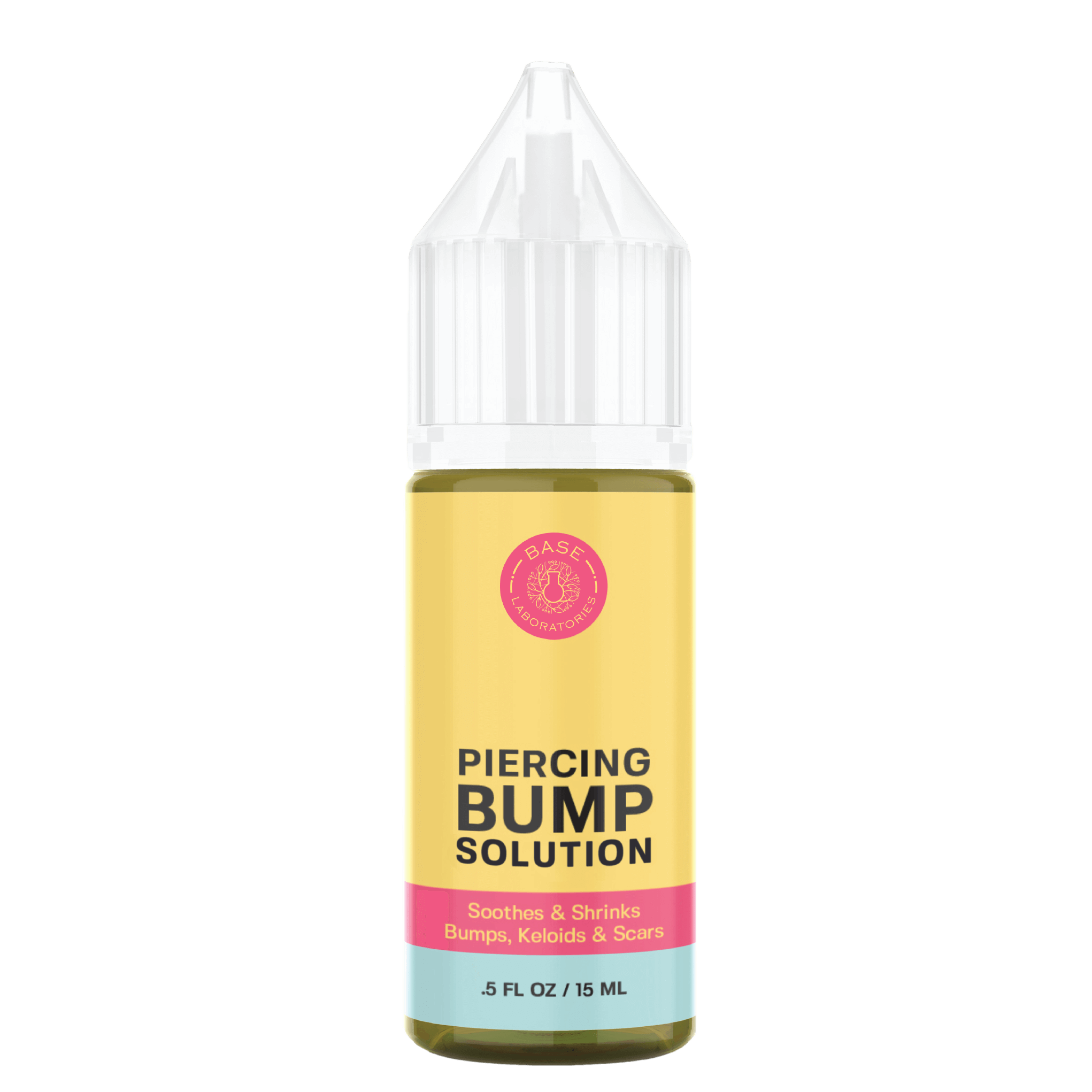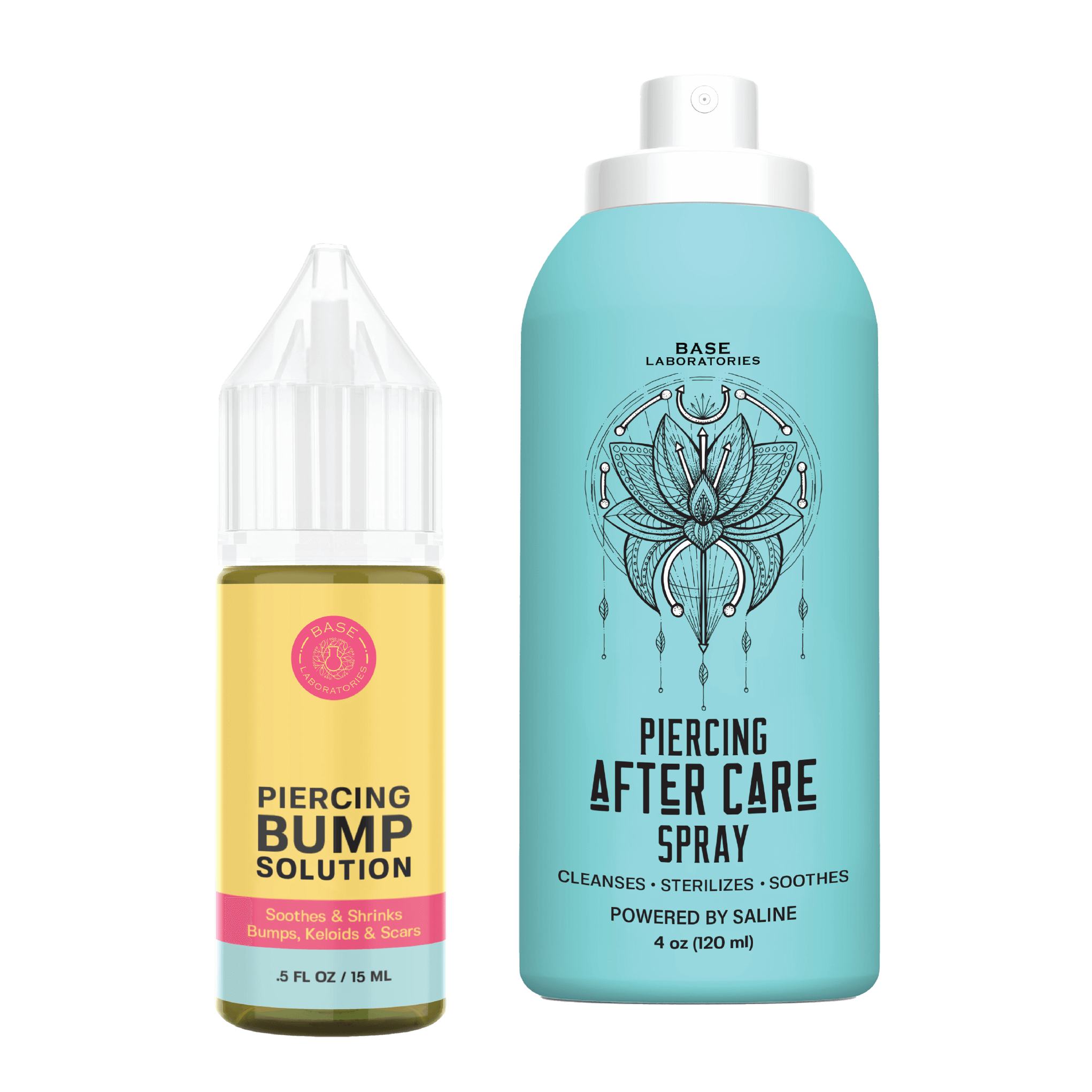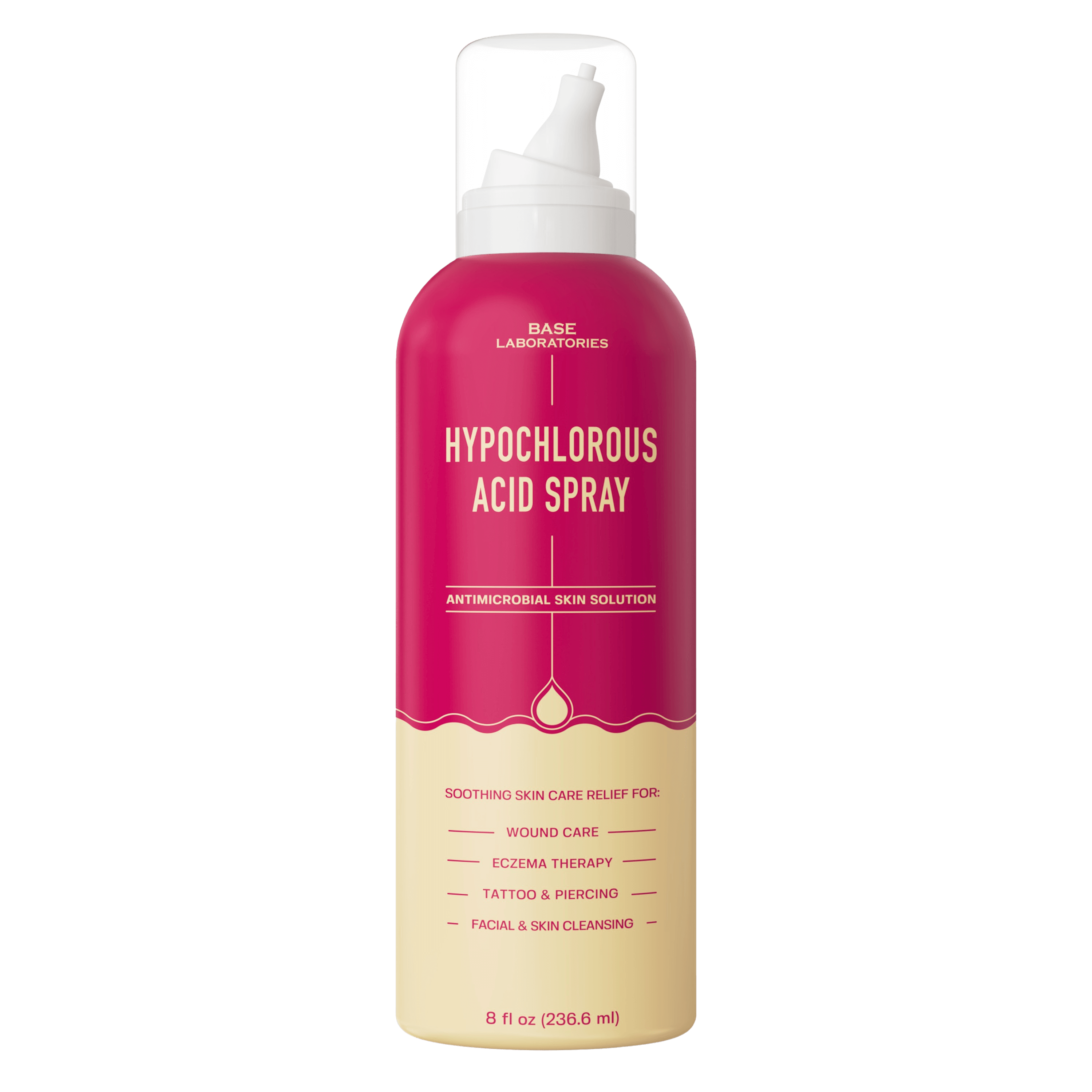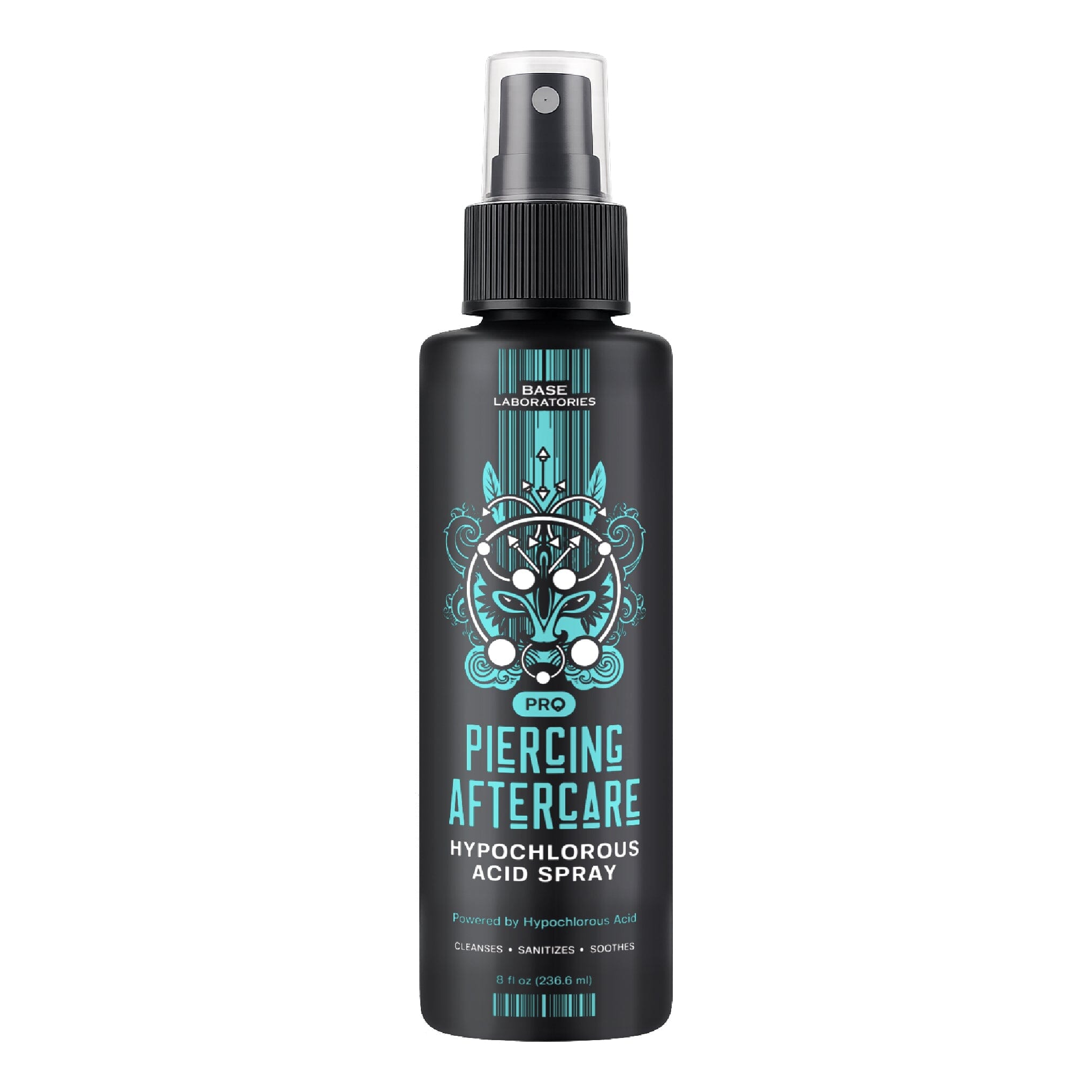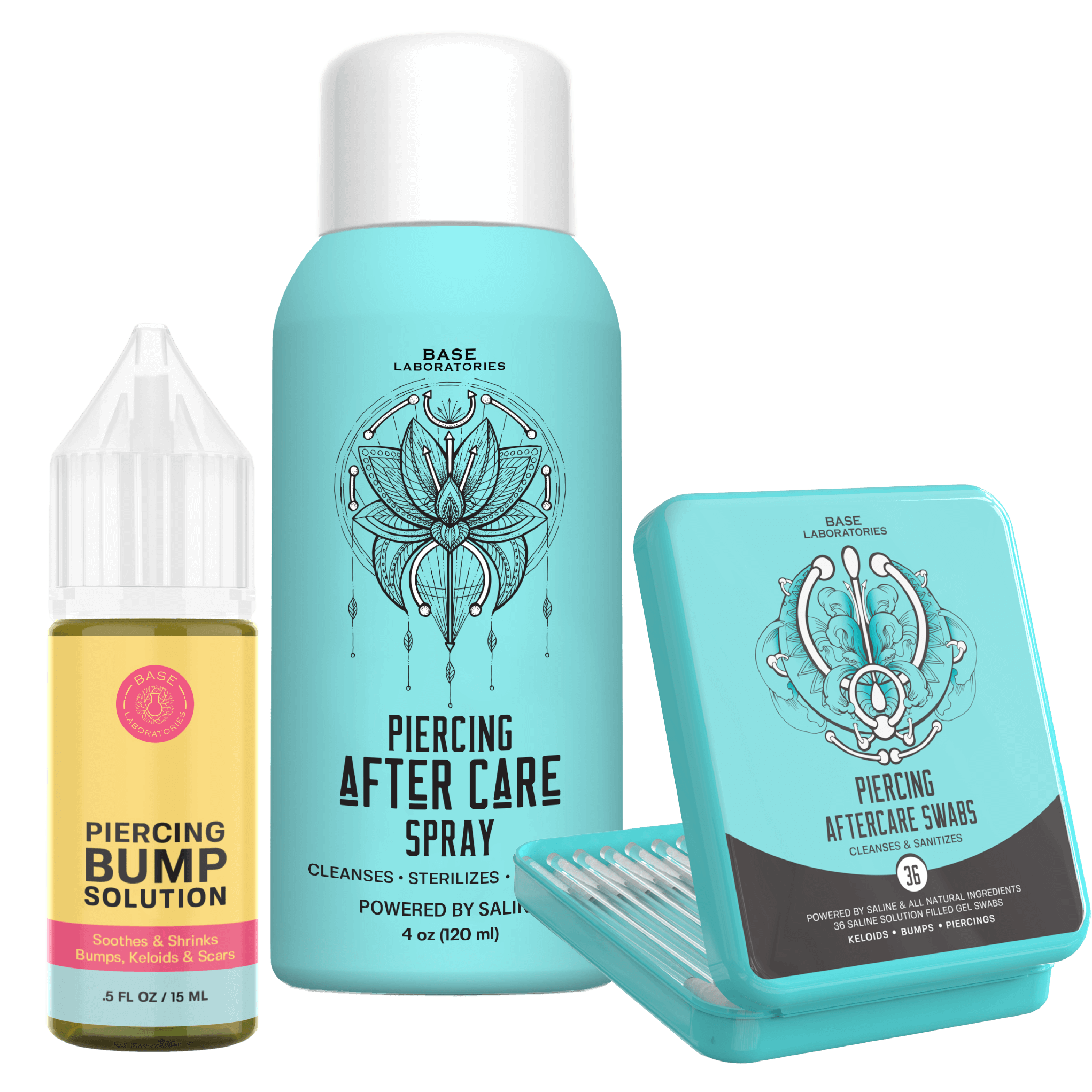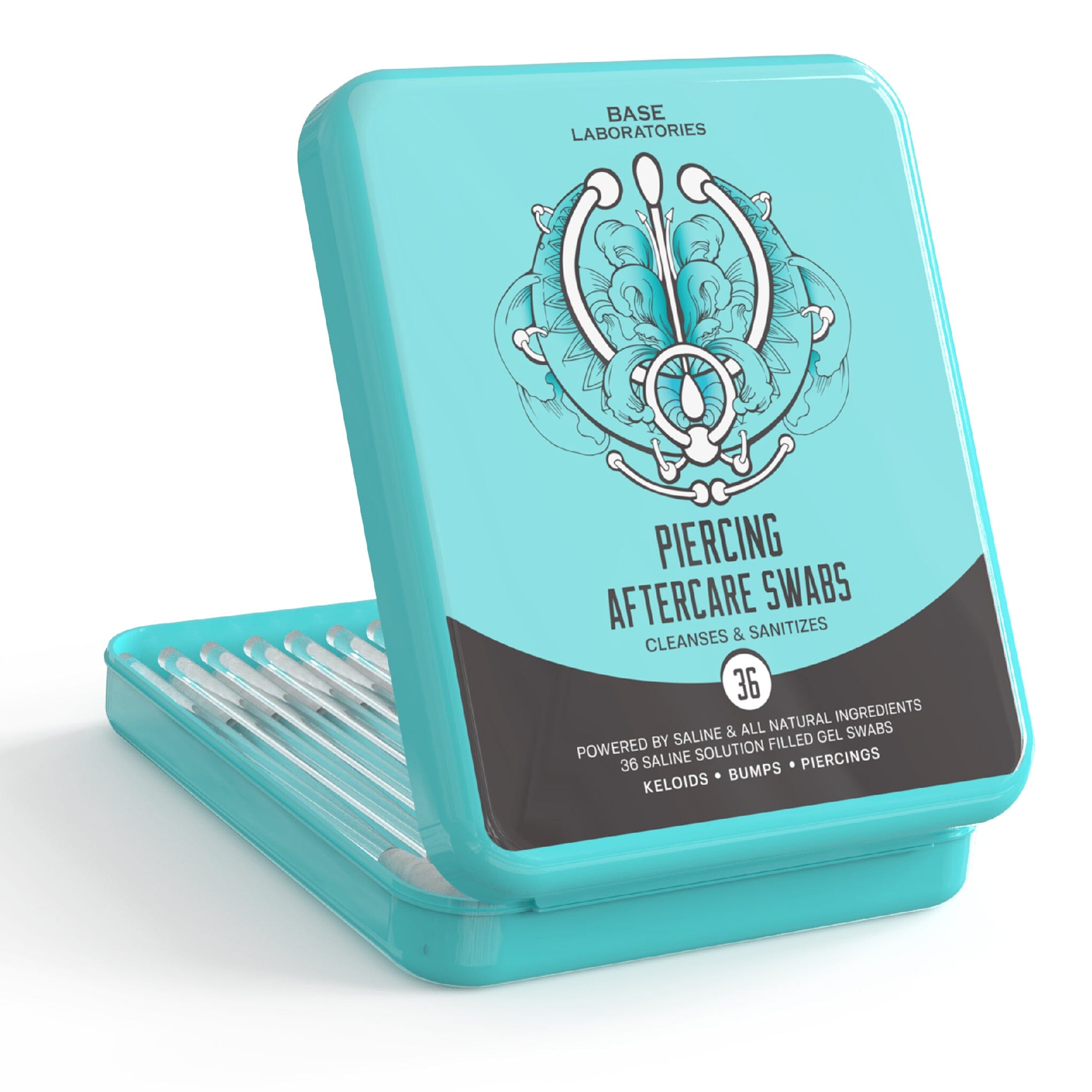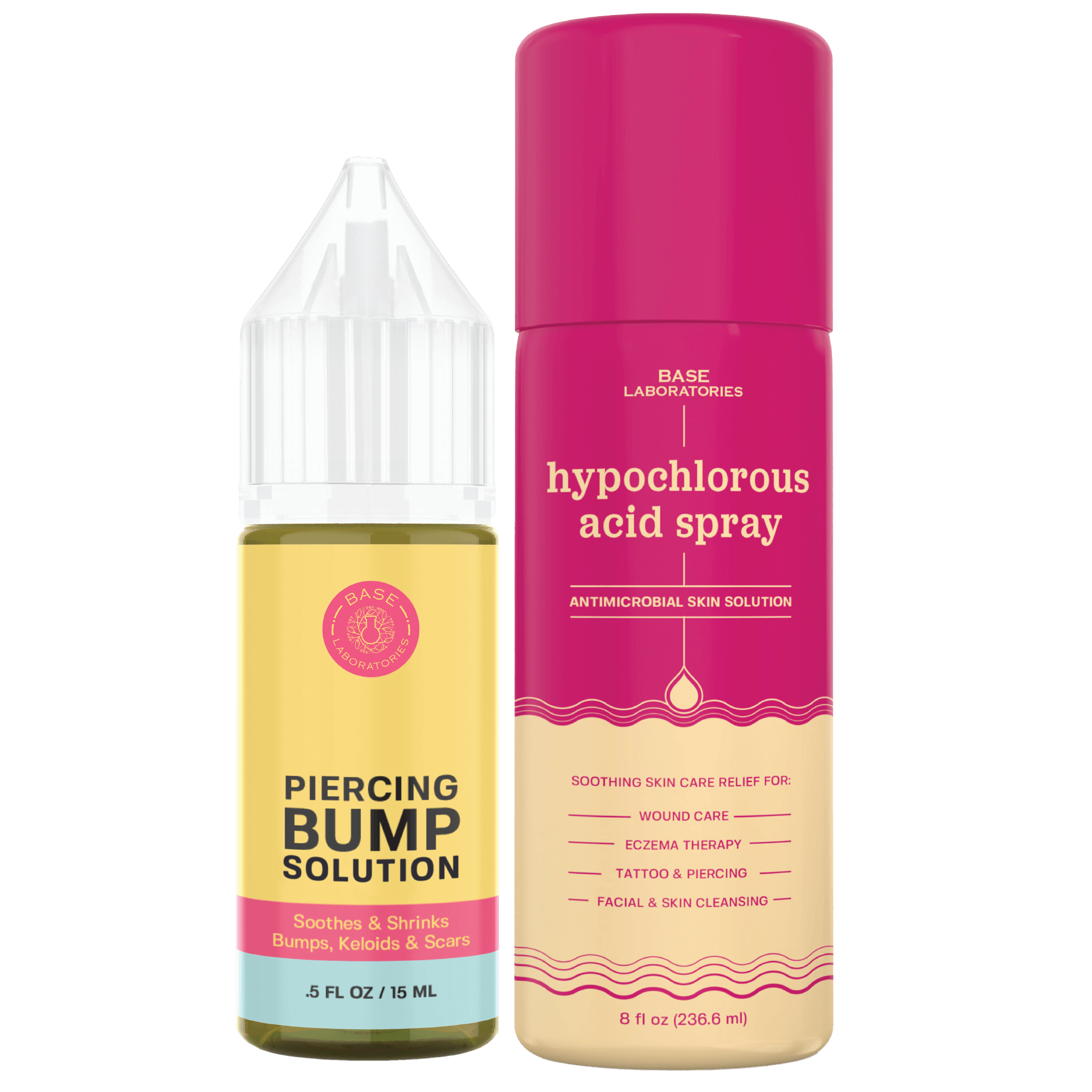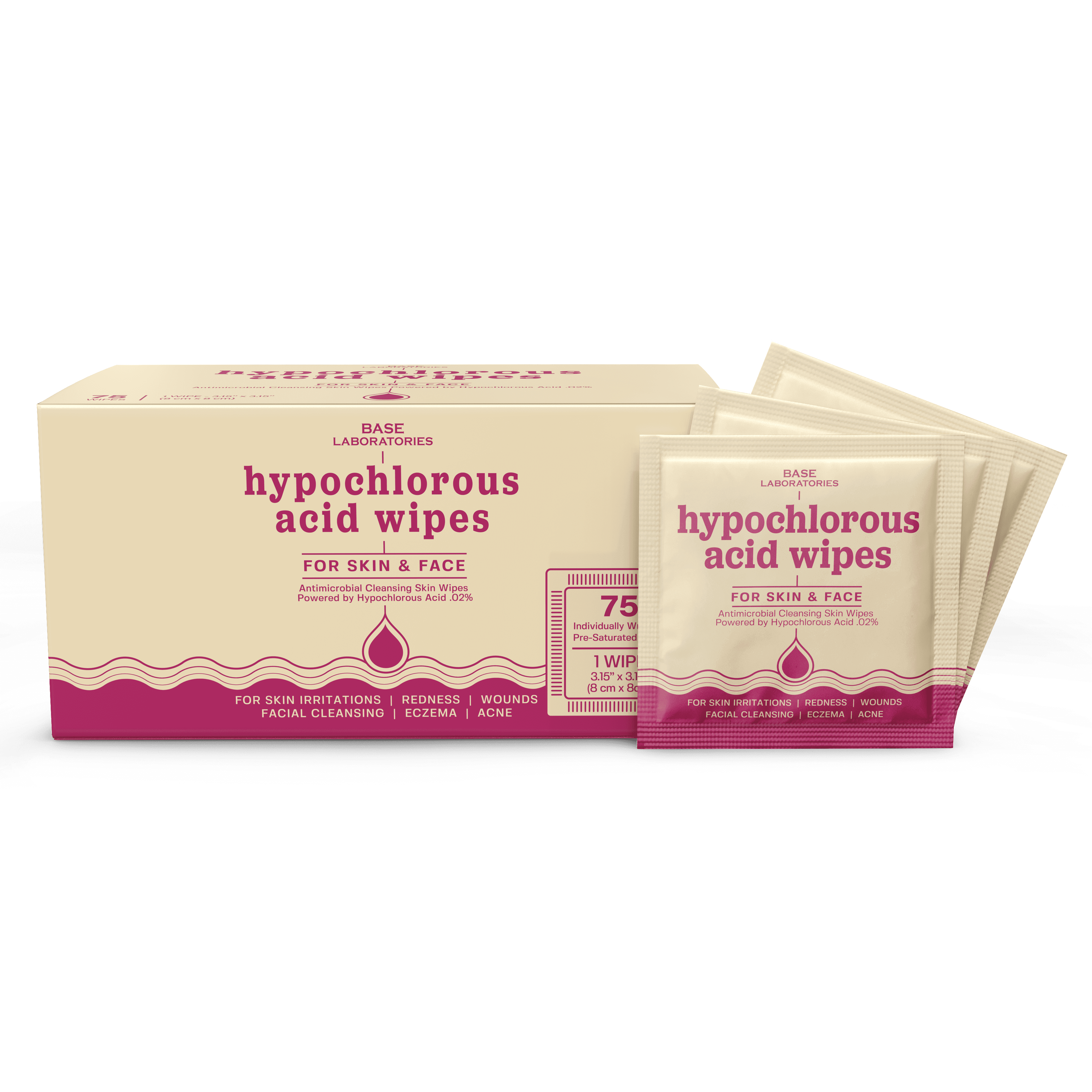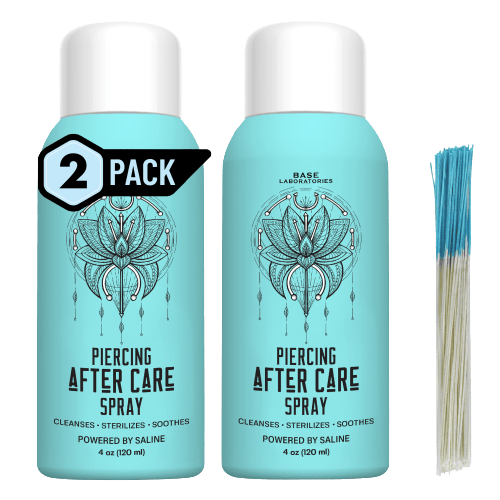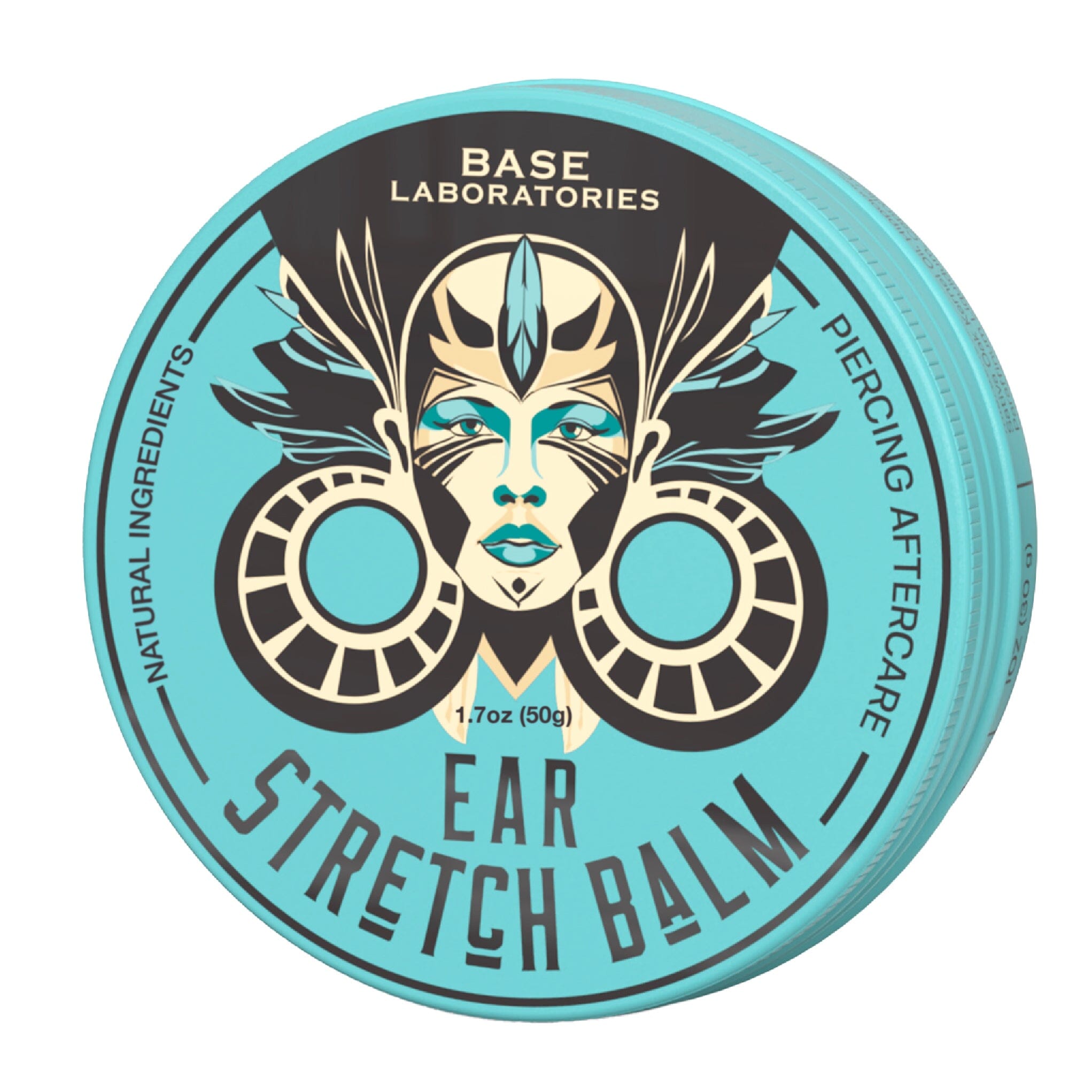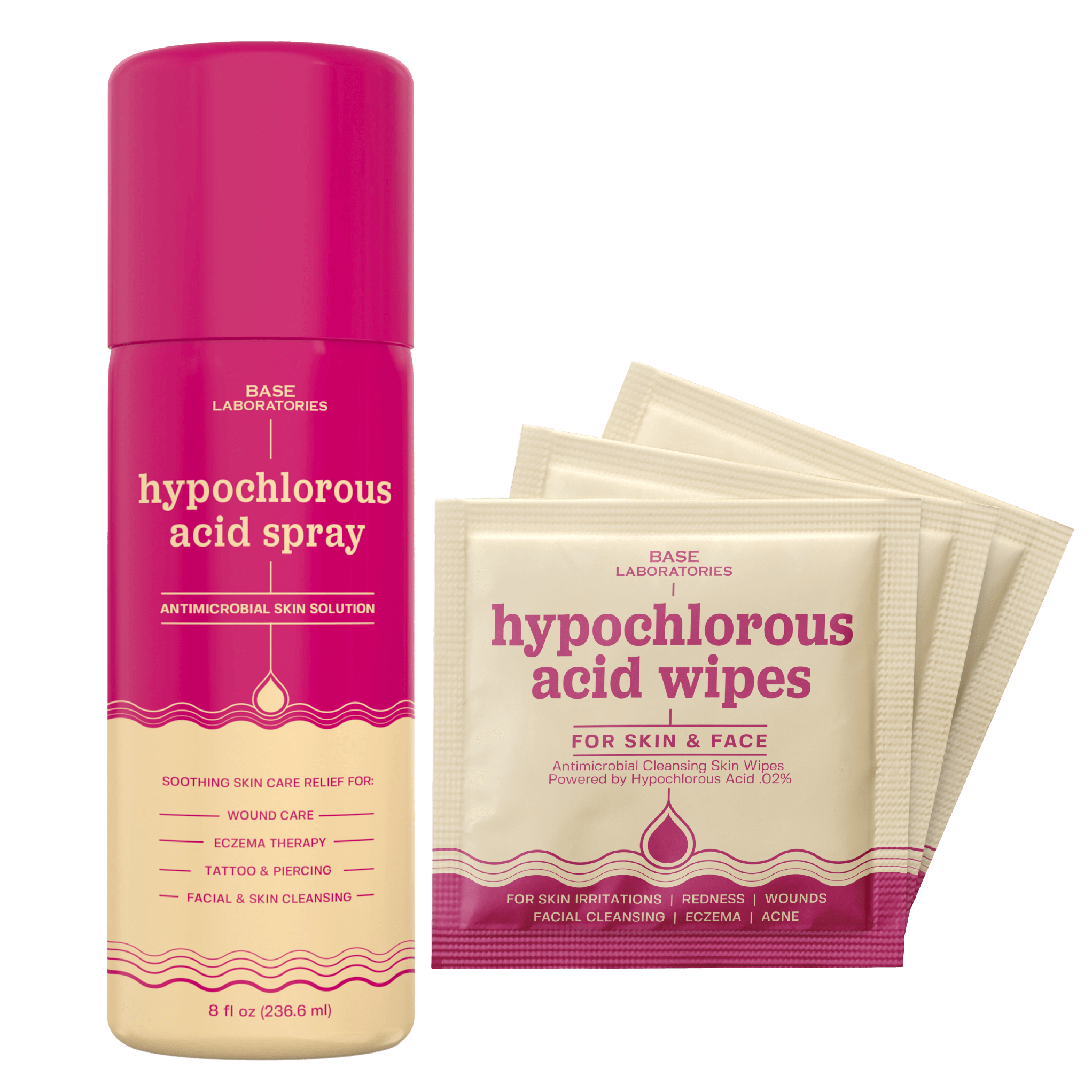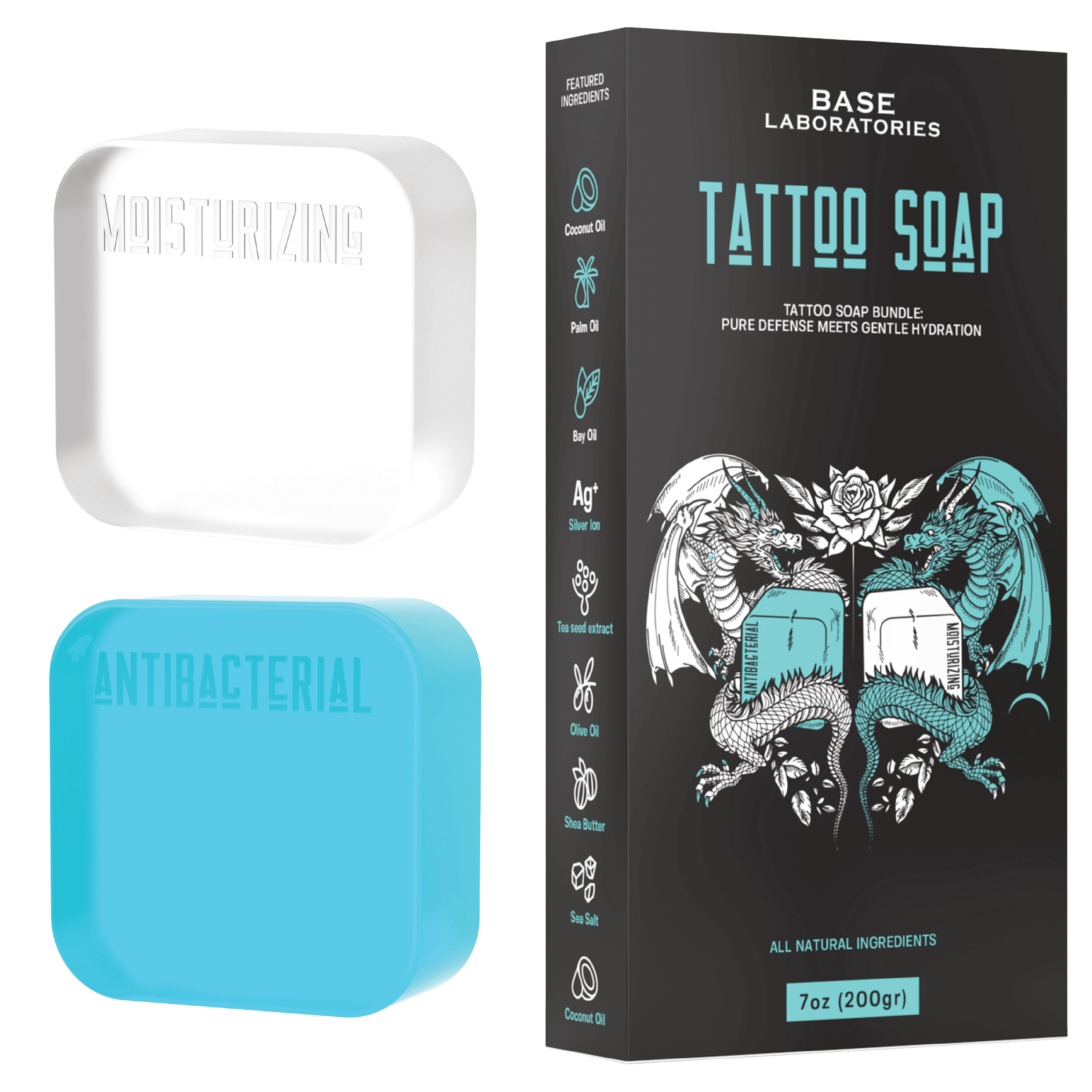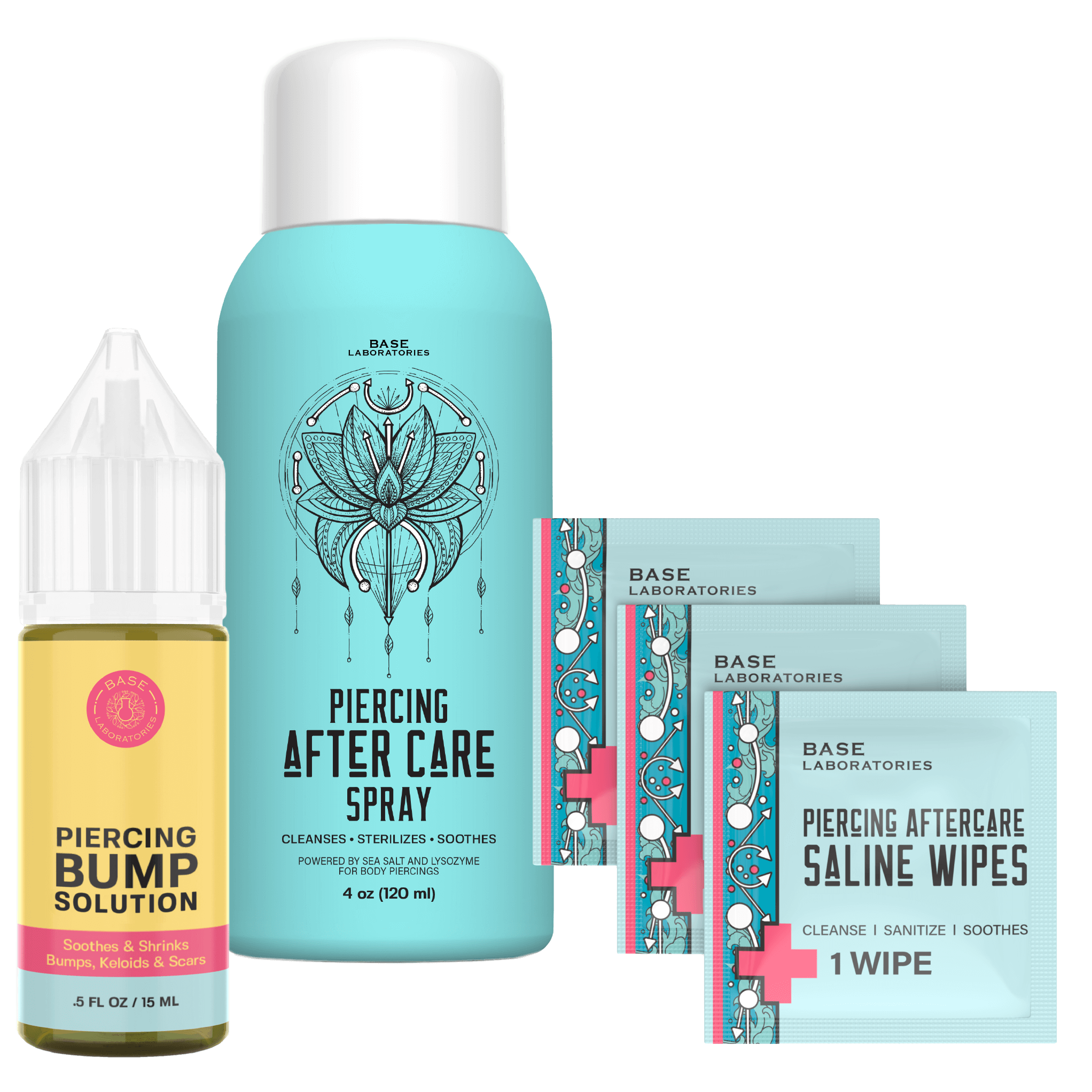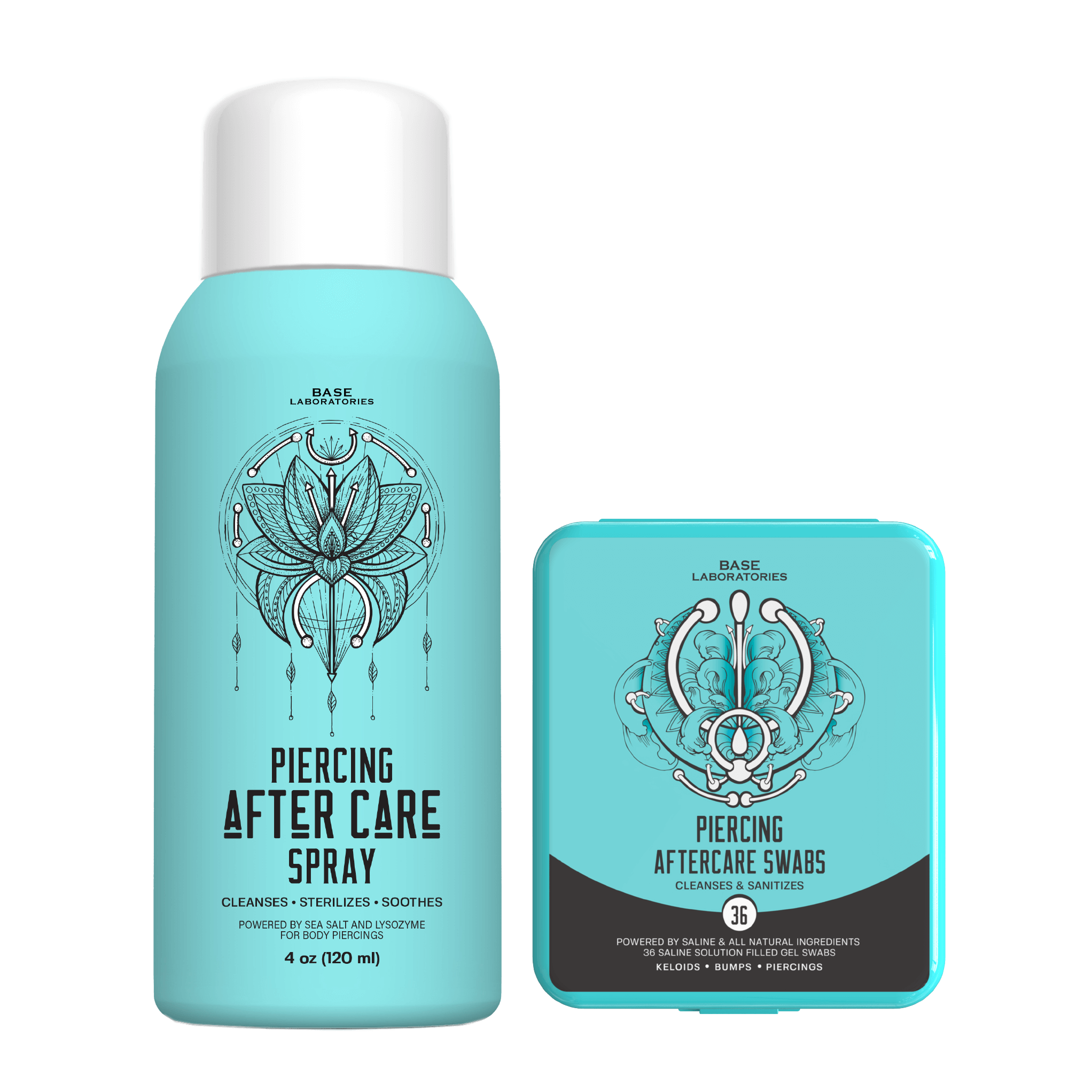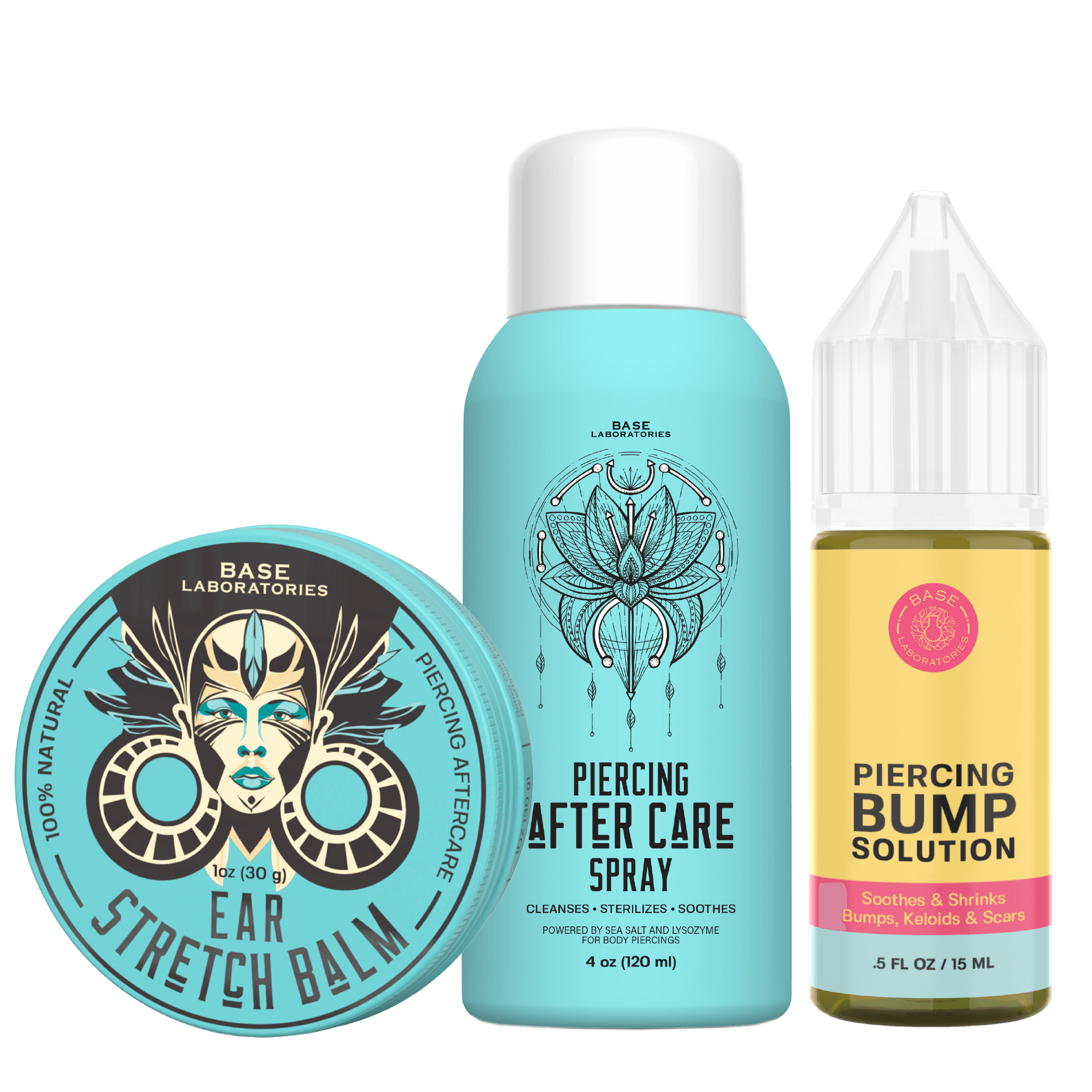Bridge Piercing Care: How to Ensure a Speedy and Safe Healing Process
Bridge piercings, also known as "Erl" piercings, are a type of facial piercing that is located on the bridge of the nose, between the eyes. While these piercings can be a stylish and unique addition to your look, it's important to take proper care of your new piercing to ensure a speedy and safe healing process. In this blog, we'll go over some tips for caring for your bridge piercing to ensure a smooth and healthy recovery.
-
Keep your hands clean: It's important to wash your hands thoroughly with soap and water before touching or cleaning your new piercing. This will help to prevent the introduction of bacteria or other contaminants into the piercing site.
-
Clean your piercing regularly: Your piercing should be cleaned at least twice a day, once in the morning and once at night. Use a gentle, alcohol-free piercing cleanser and follow the manufacturer's instructions for use. Gently clean the piercing site using a cotton swab or Q-tip, being careful not to tug or pull on the jewelry. Rinse the area thoroughly with water and pat dry with a clean, disposable paper towel.
-
Avoid irritants: Certain substances and activities can irritate or damage your new piercing. Avoid using makeup, creams, or lotions around the piercing site, and avoid exposing the piercing to chlorine, saltwater, and other irritants. Avoid touching or playing with the piercing excessively, as this can also cause irritation and delay healing.
-
Be gentle: Be gentle when washing and drying your face, and try to avoid bumping or knocking the piercing. If you need to blow your nose, be careful not to put too much pressure on the piercing site.
-
Remove crusties gently: It's normal for a small amount of discharge to form around the piercing site, which may harden and crust over. This discharge, known as "crusties," should be removed gently using a clean cotton swab. Do not pick at or remove crusties forcefully, as this can damage the piercing site and delay healing.
-
Protect your piercing: If you participate in sports or other activities that could potentially damage your piercing, consider wearing a protective bandage or tape over the piercing. This will help to protect the piercing site and keep it clean.
By following these tips, you can help ensure a speedy and safe healing process for your bridge piercing. If you have any concerns or notice any unusual symptoms, such as excessive swelling or redness, be sure to contact your piercer or a healthcare professional for advice.


